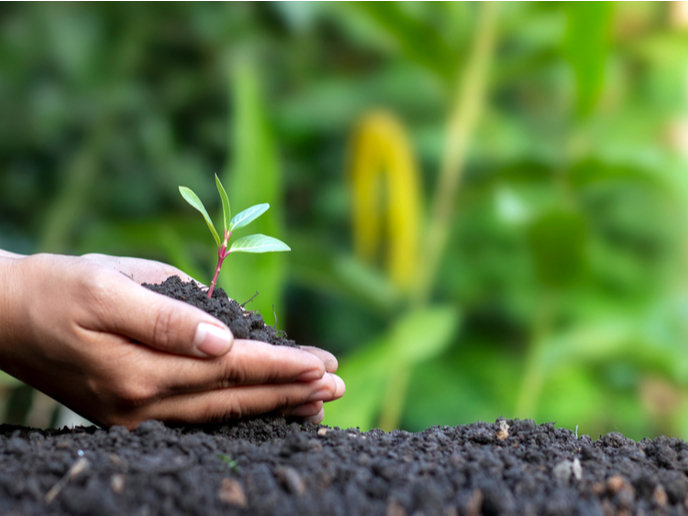Comprehensive analysis of the potential of biobased fertilisers
The world’s population is growing and, simultaneously, its food crops are facing more severe and frequent weather events and other threats due to climate change. Production of conventional fertilisers that enhance crop productivity is a source of greenhouse gas emissions and is detrimental to the environment. Vast amounts of raw materials for producing alternative fertilisers are readily available. Nitrogen and phosphorous, essential to crop production, are found in manures, sewage sludge, biowaste and animal by-products. Reusing these in biobased fertilisers (BBFs) enhances circularity in European food production. BBFs can also improve soil health, reduce environmental impact and decrease European dependency on imported apatite-based phosphorus fertilisers and fossil energy-intensive mineral nitrogen fertilisers. The EU-funded LEX4BIO project set out to show BBFs’ potential to replace mineral fertilisers, while minimising environmental impacts and ensuring food and feed safety and human health.
Developing a BBF knowledge basis
LEX4BIO evaluated about 80 BBFs, far exceeding the goals of the grant agreement. “Extensive field testing of their agronomic efficiency at different European locations demonstrated that most of the BBFs tested can supply phosphorus and nitrogen to arable crops as well as mineral fertilisers do, while others offer long-term benefits such as sustaining soil quality,” explains project coordinator Kari Ylivainio of the Natural Resources Institute Finland. High water solubility of phosphorus is commonly considered a prerequisite for high-quality fertilisers. “We showed this is not the case for BBFs, and that low solubility may even be beneficial for reducing phosphorus leaching losses,” Ylivainio notes. Customised fertilisation strategies (application rate, duration and method) based on soil, crop and BBF type will ensure site-specific nutrient requirements are met and environmental emissions minimised.
Addressing environment, safety and health
Published research has drawn attention to potential challenges of BBFs such as the introduction of pollutants and pathogens to the soil. However, the implementation of extensive ecotoxicological tests developed in the project demonstrated that “contaminant levels in the investigated BBFs remained below EU benchmarks, with no significant risk of the accumulation of hazardous substances in the soil or an increase in antibiotic resistance,” says Ylivainio. LEX4BIO developed a protocol for performing life cycle assessments of fertilising products. This will enable harmonised assessments, supporting policymakers and stakeholders in evaluating the ecological and environmental impacts of BBF implementation. “Most importantly, the BBFs tested were shown to be safe from a food and feed safety and human health perspective,” Ylivainio emphasises.
Holistic consideration of societal and policy factors
LEX4BIO also examined drivers of and barriers to replacing conventional fertilisers with BBFs across the value chain. The project identified variations, including in farmer and consumer attitudes towards waste recycling. Identification of obstacles to social acceptance highlights the need for a holistic effort including awareness campaigns and legislative changes to facilitate widespread BBF utilisation. LEX4BIOs extensive testing and analyses have already led to 17 publications, with many more in preparation that will be added to the knowledge base. Although organic fertilisers have been added to the European Fertilising Products Regulation (EU) 2019/1009, “transitioning from synthetic to organic fertilisers will be a complex process that depends on economic, technological and social factors. Further research is necessary to optimise the safe and sustainable use of BBFs under diverse growing conditions, bringing Europe closer to a circular economy and self-sufficiency in food production,” concludes Ylivainio.
Keywords
LEX4BIO, fertilisers, BBF, biobased fertilisers, agronomic efficiency, organic fertilisers, soil quality, biowaste, climate change, ecotoxicological







